Hey everyone, we all drink water every day—have you ever thought about whether your home water purifier is the right choice? Nowadays, water purifiers have become common in many households, serving as little helpers that safeguard our family's drinking water health. But! With so many types of water purifiers on the market, it's easy to make a mistake if you're not careful. Today, let's discuss the essential factors to consider when selecting a water purifier, helping you find the perfect one for your home!

Water Quality Revealed: First, Understand Your Home's “Water Situation”
Before choosing a water purifier, understanding your home's water quality is the crucial first step. Water quality varies greatly by region. Only by knowing your own water conditions can you select the right purifier—just like checking the weather before a trip to pack appropriately.
Regional Water Quality Characteristics
Some areas have hard water with high calcium and magnesium ion levels. Boiling water in kettles leads to thick scale buildup, and long-term consumption may increase the risk of kidney stones. In other regions, industrial pollution contaminates water sources with heavy metals and pesticide residues. Certain areas also have excessive residual chlorine due to disinfection methods, resulting in a pungent bleach odor when you turn on the tap.
Simple Water Quality Testing Methods
Fill a clean, transparent cup with water. Hold it up to the light to check for suspended particles. Let it sit for several hours, then examine the bottom for sediment. If present, it indicates significant suspended impurities. Smell the water for a strong bleach odor, which signals excessive residual chlorine. Brewing tea is another effective method. If overnight tea turns black, it indicates severe iron and manganese contamination. For more precise water quality assessment, consult professional testing agencies or local water authorities to obtain an authoritative water quality report.
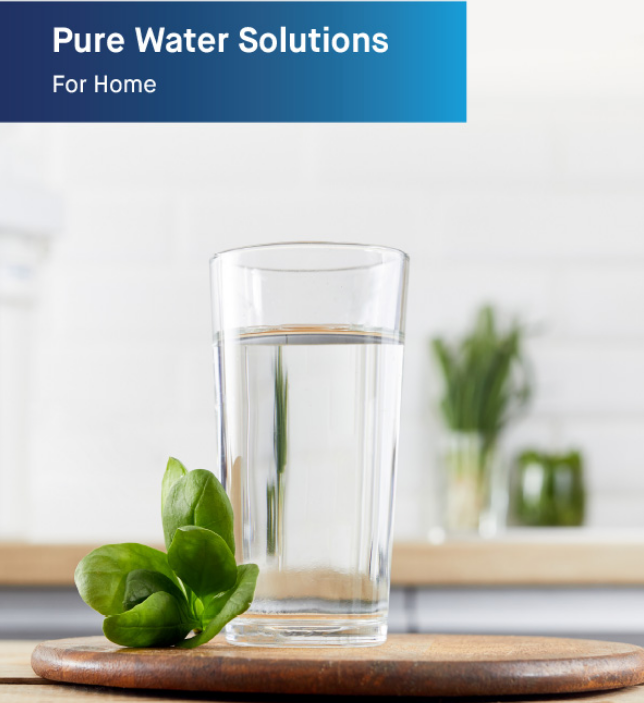
Filter Technology Showdown
After understanding water quality, it's time to examine the core of water purifiers—filter technology. Different filtration methods are like distinct martial arts schools, each with its own strengths and varying purification effects. Common technologies on the market include RO reverse osmosis, ultrafiltration, and activated carbon adsorption.
RO Reverse Osmosis: The Ultimate Guardian of Purity
RO reverse osmosis reigns as the “star technology” in water purification. Its membrane pores measure a mere 0.0001 microns—far finer than a strand of hair. Under pressure, only water molecules pass through this barrier, trapping bacteria, viruses, heavy metals, pesticide residues, scale, and other contaminants. It functions like an impenetrable “protective shield” for your drinking water. Water purified by this technology is nearly pure, boasting exceptionally high purity levels. It's particularly suited for areas with poor water quality or severe pollution. For instance, in industrialized cities where water sources are prone to heavy metal contamination, or in older neighborhoods with aging pipes that may carry rust, sediment, and other impurities, choosing an RO reverse osmosis water purifier ensures every sip is unquestionably pure.
Ultrafiltration: The Thoughtful Choice That Retains Minerals
Ultrafiltration technology features a larger pore size than RO membranes, typically ranging from 0.001 to 0.01 microns. While it cannot remove dissolved salts like RO reverse osmosis, it effectively filters out bacteria, viruses, colloids, rust, and large organic molecules while preserving beneficial minerals and trace elements. Like a gentle guardian, it ensures water safety while replenishing essential nutrients for our bodies.
For those living in areas with naturally clean water sources, such as regions blessed with pristine mountains and clear waters, ultrafiltration water purifiers are an excellent choice. They remove minute impurities and bacteria while preserving natural minerals, ensuring both health benefits and the natural taste of water. This makes them ideal for brewing tea or cooking rice.
Activated Carbon: The Ultimate Solution for Odors and Residual Chlorine
In water purifiers, activated carbon reigns as the “odor-eliminating expert” and “residual chlorine killer.” Its highly developed pore structure boasts an enormous specific surface area—a single gram can reach 500 to 1,500 square meters—delivering exceptional adsorption power. Unpleasant odors, discoloration, residual chlorine, and certain organic compounds in water are firmly captured and removed by activated carbon's powerful adsorption force.

Whether in RO reverse osmosis or ultrafiltration water purifiers, many models incorporate activated carbon filter cartridges. Their adsorption properties further enhance water's taste and odor. If you smell a pungent chlorine odor when turning on the tap, activated carbon can easily fix it, making the water refreshingly clean and more pleasant to drink.
Filter Cartridges: The “Heart” of Water Purifiers
Filter cartridges are the core components of water purifiers, much like the human heart. Their quality directly impacts the filtration effectiveness and lifespan of the purifier. With countless types available on the market, here's a detailed introduction to several common filter cartridges.
Filter Cartridge Types Explained
PP Cotton Filter Cartridge: Acting as a “coarse impurity filter,” this cartridge is made from thermally bonded polypropylene microfibers. With a filtration precision typically ranging from 0.5 to 100 microns, it effectively removes large particles like silt, rust, suspended solids, and colloids from water, serving as the purifier's “first line of defense.” If you live in an older neighborhood with aging pipes where rust and sediment frequently appear in the water, the PP cotton filter cartridge can intercept these large particles, allowing subsequent filter stages to function more effectively. However, PP cotton cartridges are prone to clogging and require regular replacement, typically every 3-6 months. The exact replacement interval depends on local water quality and usage volume.
Activated Carbon Filter: Activated carbon filters come in two types: granular activated carbon and compressed activated carbon. Acting like a “super adsorbent,” it possesses exceptional adsorption capabilities, effectively removing residual chlorine, odors, color, and some organic compounds from water, thereby improving its taste. If you detect a pungent bleach odor when turning on the tap, the activated carbon cartridge will adsorb residual chlorine and odors, leaving the water fresh and clean. Granular activated carbon cartridges offer strong adsorption but have less consistent lifespan and performance, typically used for secondary filtration. Compressed activated carbon cartridges last longer, commonly employed for tertiary filtration, and also trap activated carbon particles to protect downstream precision filters like RO membranes.
RO Membrane Filter: The RO membrane filter is the “ultimate filter” in water purifiers, boasting a filtration precision of 0.0001 microns—just one-millionth of a human hair's thickness. Only water molecules can pass through, while harmful substances like bacteria, viruses, heavy metals, pesticide residues, and scale are blocked. The filtered water is nearly pure and safe for direct consumption. For households with particularly high water quality demands—such as those with elderly individuals, children, pregnant women, or residents in areas with severe water pollution—the RO membrane filter is the optimal choice, providing reliable assurance for your family's drinking water health.
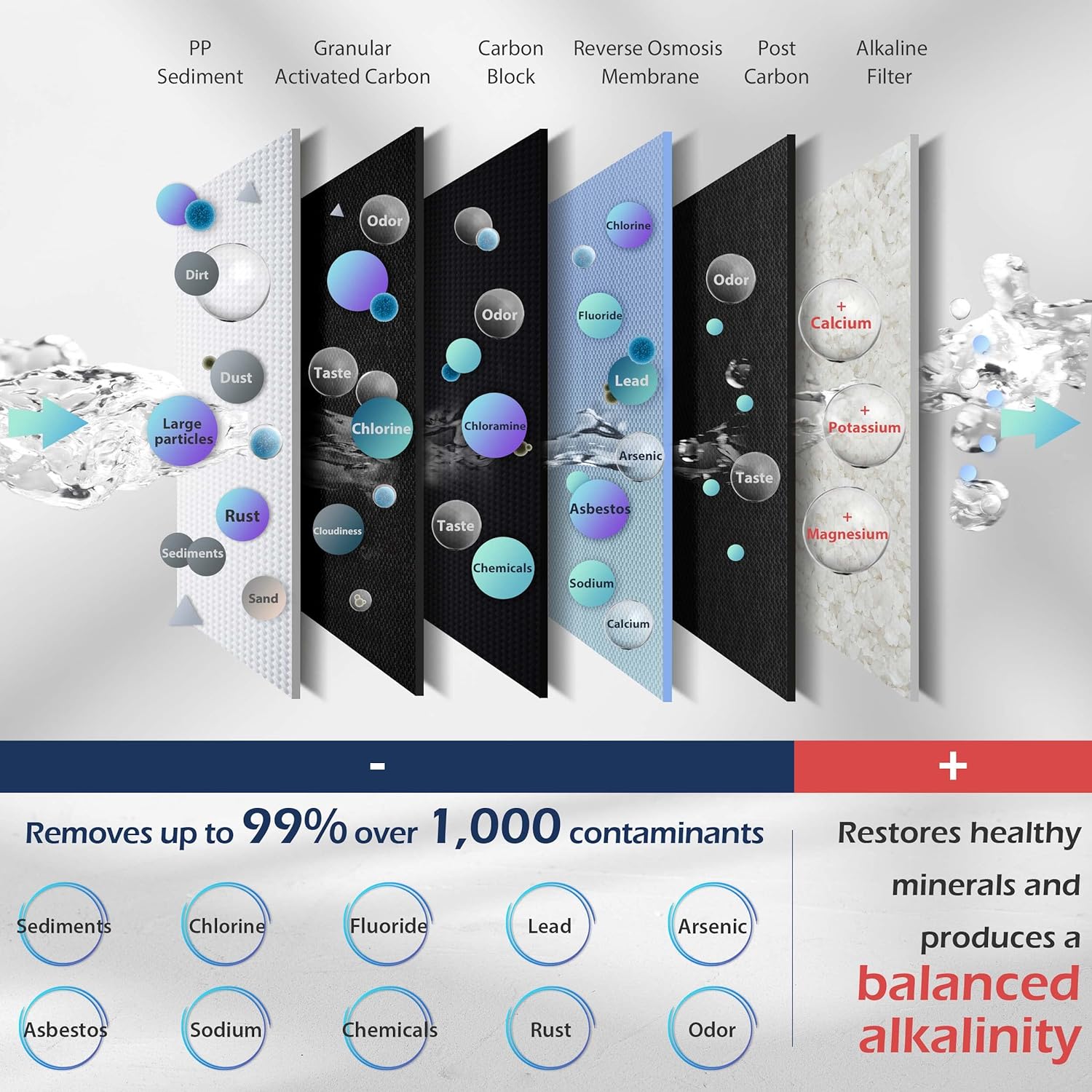
Ultrafiltration (UF) Membrane Filter: Ultrafiltration membrane filters operate at a precision of 0.001–0.01 microns. While not as fine as RO membranes, they effectively remove bacteria, viruses, colloids, rust, and large organic molecules while preserving beneficial minerals and trace elements—acting like a “gentle guardian” that ensures water safety while supplementing essential nutrients. For those living in areas with relatively good water quality, ultrafiltration membrane cartridges are an excellent choice. They remove minute impurities and bacteria while preserving natural minerals, delivering water that is both health-assured and retains its natural taste.
Cartridge Lifespan and Cost Considerations
Different cartridge types have varying lifespans: PP cotton cartridges have a relatively short lifespan, requiring replacement every 3-6 months; Activated carbon cartridges typically last 6-12 months; RO membrane cartridges have a relatively longer lifespan, requiring replacement every 2-3 years; Ultrafiltration membrane cartridges should be replaced every 1-2 years. When selecting a water purifier, pay close attention to cartridge lifespan and replacement costs—these can add up to a significant expense over time.
Here are a few handy tips to extend the lifespan of your filter cartridges: Regularly maintain your water purifier by flushing the cartridges periodically to reduce impurity buildup, thereby prolonging their service life. Installing a pre-filter can also help by removing large particles like sediment and rust from the water source, reducing the burden on the filter cartridges and protecting the purifier for longer-lasting performance. After a water outage, pipes often accumulate sediment and rust. Avoid using the purifier immediately afterward. Instead, turn it off, let the tap run for a while, then restart the purifier to prevent clogging the cartridges.
Flow Rate: Don't Waste Time Waiting
On busy mornings when everyone needs water, a snail-paced purifier can delay filling a single cup for ages—what a hassle! Thus, flow rate directly impacts daily convenience. Water flow rate is typically measured in flow rate, expressed in gallons per day (G). This indicates the total water output over a 24-hour period. For example, a 400G flow rate system delivers about 1L per minute, while a 1000G system can reach around 2.5L per minute—a significant difference.
Select a filter with appropriate flow rate based on household needs: - For singles or couples with modest daily consumption, a 400-600G model suffices and offers cost savings. For households with 3-5 members experiencing concentrated peak usage times—like morning routines or evening cooking—opt for an 800-1000G model. Its faster flow eliminates waiting times, making daily life more efficient and convenient. For large households with many members or frequent guests requiring substantial water usage, opt directly for a high-flow system exceeding 1000G capacity to ensure uninterrupted, abundant water supply at all times.

Water Efficiency: The Eco-Friendly, Cost-Saving Secret
In today's era of environmental advocacy and energy conservation, a water purifier's water efficiency is a crucial factor that cannot be overlooked. Water efficiency measures how effectively a system utilizes water resources, reflecting the ratio of purified water produced to total water consumed during the filtration process. For example, a system with 60% water efficiency produces 60 liters of purified water from every 100 liters of raw water, with the remaining 40 liters discharged as wastewater.
High-efficiency water purifiers offer numerous benefits. First, they help conserve water and reduce resource waste. Assuming daily consumption of 200 liters, a low-efficiency purifier may generate substantial wastewater, whereas a high-efficiency model significantly reduces discharge, maximizing water utilization—contributing to global water conservation.
Long-term, high-efficiency purifiers also reduce operating costs. As water rates rise, usage expenses increase. These purifiers minimize wastewater discharge, leading to substantial savings on water bills. Over time, these savings add up to a considerable amount, freeing up funds for personal enjoyment. China has now established the national standard “Water Efficiency Limit Values and Grades for Water Purifiers” (GB 34914-2021), categorizing water purifiers into three efficiency grades: Grade 1 being the most efficient and Grade 3 the least efficient. When purchasing a water purifier, always look for the water efficiency label and opt for products with higher efficiency ratings. This approach benefits the environment while making your life more economical.
Brands and After-Sales Service: The Invisible Powerhouse
In the water purifier market, brands are like renowned martial arts sects—rich in heritage and formidable in strength. Choosing a well-known brand offers numerous advantages. Advantages of Established Brands Midea, a giant in the home appliance industry, also excels in the water purifier sector. It boasts a robust R&D team and a comprehensive production system, continuously launching innovative products. Its extensive product line ranges from entry-level models to high-end smart options, catering to everyone from renters to families pursuing a high-quality lifestyle. Renowned brands demonstrate exceptional strengths in product quality and technological innovation. They enforce rigorous quality control, meticulously refining every step from raw material selection to production process management to guarantee product performance. Significant investments in R&D fuel continuous exploration, yielding advanced filtration technologies and products that set industry trends.
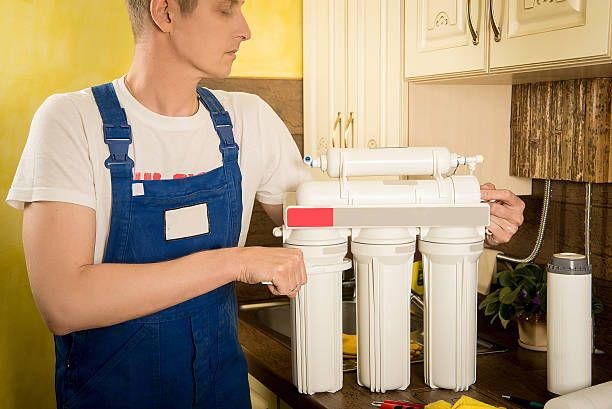
The Importance of After-Sales Service
After-sales service plays a crucial role in the use of water purifiers, much like a support team in the real world—often unnoticed but indispensable in critical moments. Imagine your water purifier suddenly malfunctioning, with reduced water flow or deteriorating water quality. Without reliable after-sales support, attempting DIY repairs can be extremely challenging. Searching for repair technicians might lead you to unreliable ones, costing you money without resolving the issue. With comprehensive after-sales support, these issues become easily resolved. A professional service team responds immediately upon your call, dispatching technicians for prompt on-site repairs. They also conduct regular follow-ups to monitor usage, provide maintenance advice, and ensure your system operates optimally.
Beyond repairs, after-sales service includes installation and filter replacement reminders. Professional installers ensure proper setup based on your space, guaranteeing secure mounting and correct pipe connections for safe, worry-free use. The filter replacement reminder service is equally thoughtful, keeping you informed about filter lifespan and alerting you when replacement is needed—preventing water quality issues from expired filters.
Therefore, when selecting a water purifier, prioritize the brand's after-sales service. Opt for brands with extensive service networks, rapid response times, and high-quality support to provide comprehensive protection for your drinking water health.
Price and Value for Money: Rational Consumption Matters
Price is often the primary concern when purchasing a water purifier, but it shouldn't be the sole factor.
Prices for water purifiers on the market range from a few hundred to several thousand yuan. This variation stems from multiple factors including brand, filtration technology, filter cartridge types, and product features. High-end brands utilize advanced technology and premium materials, naturally commanding higher prices. Entry-level products are relatively cheaper, though their performance and quality may be compromised.
RO reverse osmosis water purifiers, known for their high filtration precision and effective removal of various harmful substances, incorporate relatively advanced technology and are generally more expensive than ultrafiltration models. Prices also vary significantly between brands. Well-known brands may command substantially higher prices due to brand recognition, higher R&D costs, and superior after-sales service.
So how do you strike a balance between price and performance to find a water purifier with high value for money? First, clarify your budget and requirements. If funds are limited but basic purification is needed, opt for cost-effective domestic brands like Xiaomi or Viomi. Their sleek, modern designs and comprehensive features meet most households' daily water needs.
For those prioritizing water quality, seeking a premium lifestyle, and having ample budget, consider high-end brands. These excel in filtration efficiency, product reliability, and after-sales support. International brands like A.O. Smith and Pentair boast extensive experience and advanced technology in water purification, delivering reliable product quality and performance.
Beyond the initial purchase price, consider ongoing usage costs—specifically filter replacement expenses. Some affordable models incur high replacement costs over time, leading to significant long-term expenses. Therefore, thoroughly research filter prices and replacement cycles when purchasing. Opt for products with longer filter lifespans and lower replacement costs.
In summary, selecting a water purifier requires more than just price comparison. Consider performance, brand reputation, and after-sales service comprehensively to find a cost-effective product that delivers greater value for money and provides better protection for your family's healthy drinking water.
Water is the source of life, and healthy drinking water is the foundation of living. Don't let potential water quality issues threaten your family's health. Take action now! Apply what you've learned today to choose the most suitable water purifier based on your household's specific needs.
If you have questions during the selection process or have already found a water purifier you like, feel free to share your thoughts in the comments section. Let's exchange ideas and work together to safeguard our families' access to healthy drinking water!
Personal opinion, for reference only.
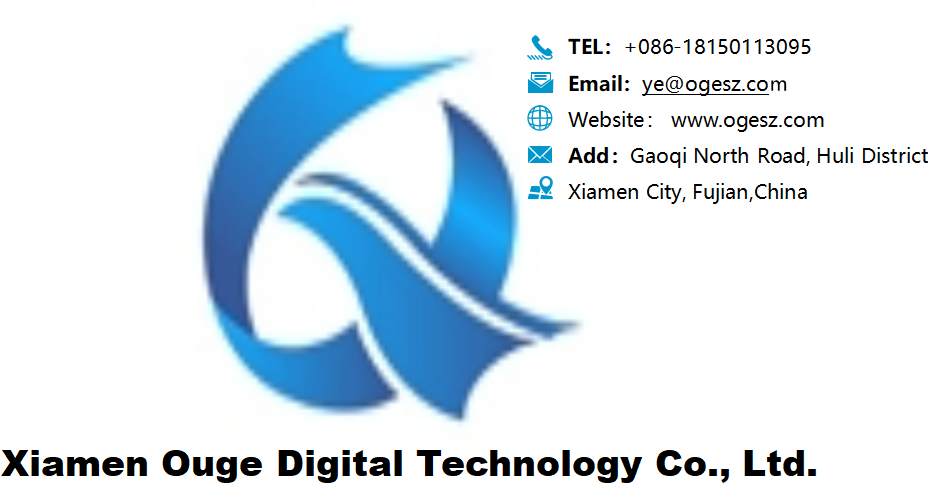
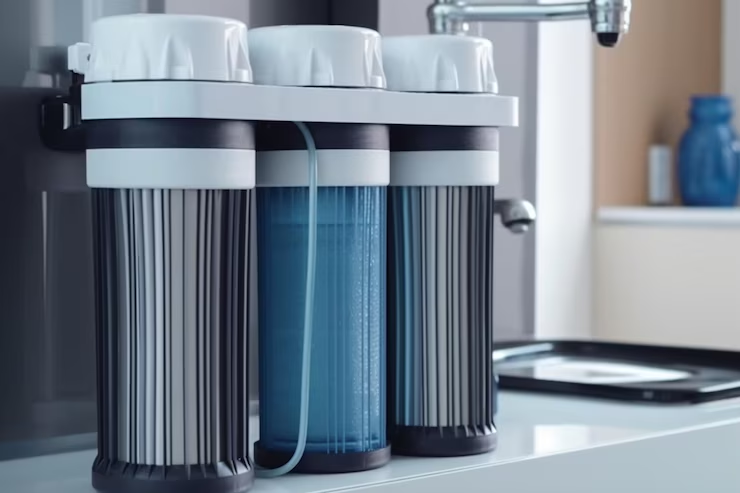 Installed a water purifier but still boil water? This article clears it up for you!
Installed a water purifier but still boil water? This article clears it up for you!
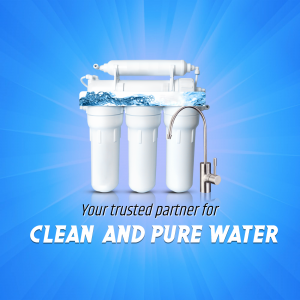 Stop randomly choosing water purifiers! One article to understand all types of water purifiers
Stop randomly choosing water purifiers! One article to understand all types of water purifiers
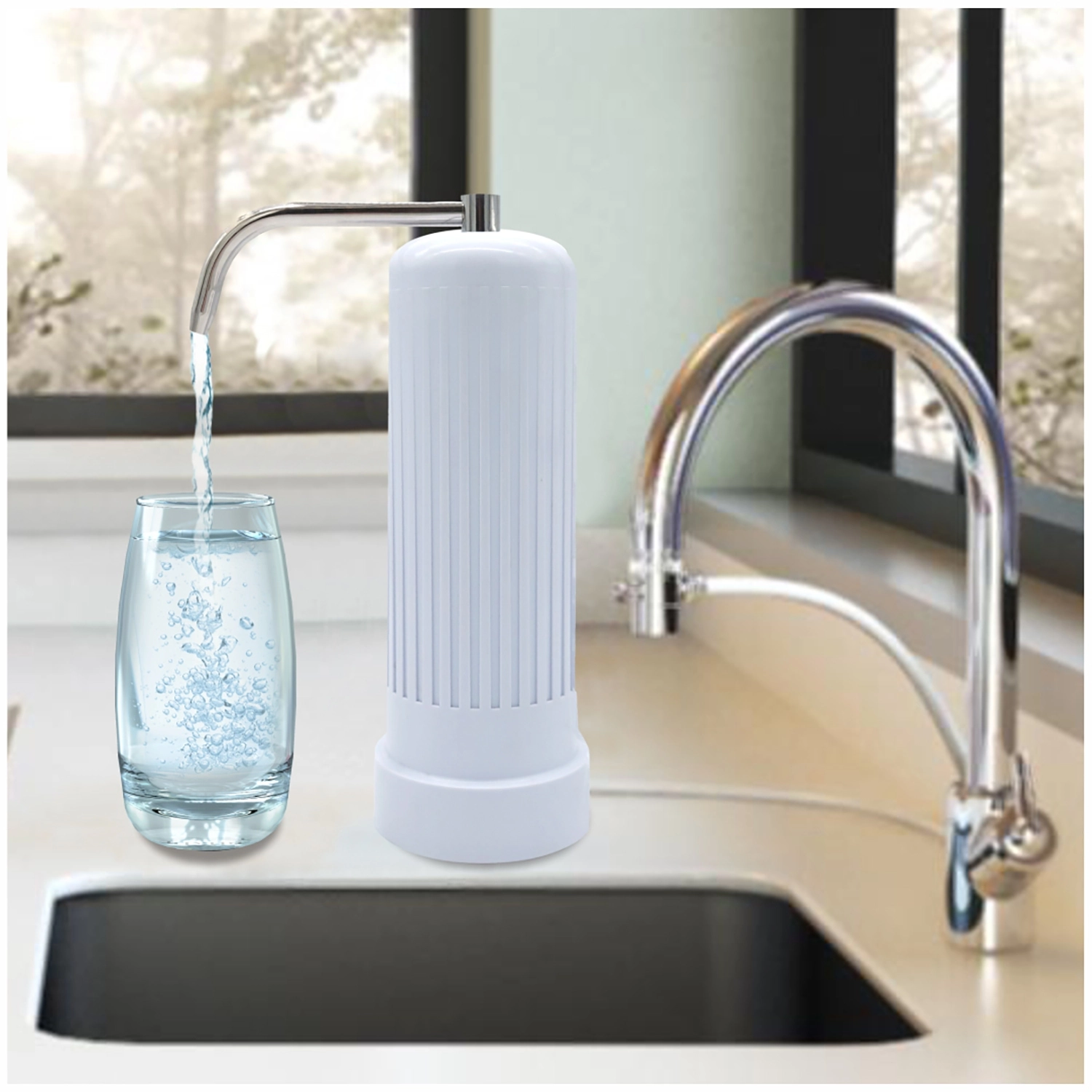 Is a Water Purifier Really Necessary for Tap Water?
Is a Water Purifier Really Necessary for Tap Water?
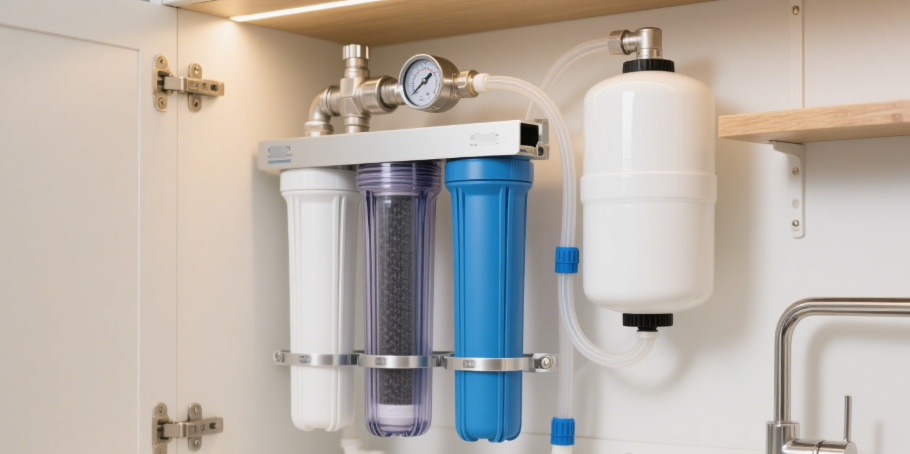 Drinking good water starts with choosing the right water purifier—it's about family health.
Drinking good water starts with choosing the right water purifier—it's about family health.